Features of Ofuro
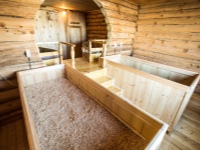
In Japanese national bath it is accepted not so much to wash, as to relax, to have a casual conversation, in a word - to have a rest. With the European baths and saunas Ofuro a little resemblance, because the differences are laid at the level of attitude to the process of ablution. But this foreign mentality does not prevent you from incorporating the eastern tradition into your own life. At least because it is aesthetic, pleasant and original.
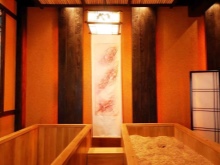
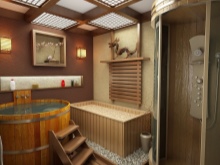

What are they?
Sento, furako and ofuro are the 3 varieties of Japanese baths. Furako and ofuro can be part of the same complex. And if Furako - a barrel with hot water (and to such fonts Slavs are used to), then ofuro - a cedar box, which can be sawdust and pebbles. In each box the visitor should visit in turn, as these procedures are part of the general ablution.
The classic ofuro is a rectangular container resembling a bathtub. It is made of oak or cedar. Filled with sawdust or special stones (often pebbles or gravel). The ofuro has a functioning heating system; it is built into the lower part of the reservoir. Thermal indicators of the filler of furo are maintained in the region of 50 degrees. Now the tanks are not running on furnaces, but on electric heating systems with remote control and thermal regulator.
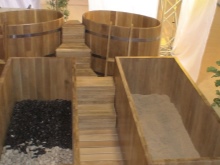
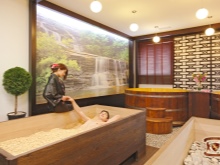
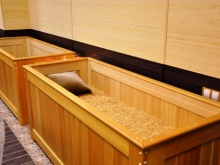
Parameters of the bath are such that the visitor lies in them comfortably, he can stretch to his full height. The power of the heater will depend on the size of the tub. The tank itself is usually made of oak wood, larch wood, as well as ash, pine, cedar or teak. The material is coated with natural wax for long life and preservation.
Ofuro is not a watery part of resting in a Japanese bathhouse, but a significant one. Very often, ofuro and furako are confused, believing that an oval or round font is an ofuro. There is a lot of confusion when someone decides to make not a Russian bath or sauna, but a Japanese version on their property. So if there is a desire to put exactly a font, it will be called furako.
And if you want to add to the bathing procedures of such additions as relaxation in sawdust and pebbles - it will be ofuro.
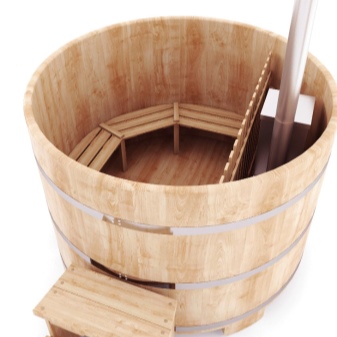
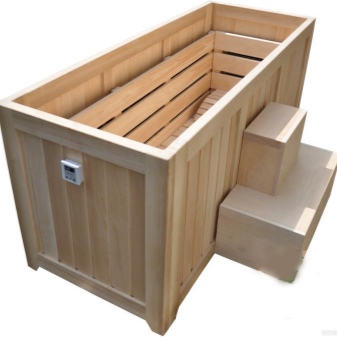
History
This bath has been around since the time of Buddhism itself. Religious beliefs have made the process of ablution as it has come down to our times. The Japanese bath differs from other baths by its unaccustomedly high temperature. The predominant religion in the country is Buddhism, which forbids the use of soap (because it was once made from the fat of slaughtered animals). Without soap, it is not easy to remove the dirt, so we had to wash ourselves not just with warm, but with very hot water.
The peculiarities of the Japanese sauna were also influenced by the climatic conditions of Japan: the islands are humid and damp, and in winter it can be very cold. To warm up, they used such a harsh bathing procedure for the European. Dry bath (and so you can call Ofuro), appeared due to the peculiarities of the clothes of the Japanese: previously, things made of animal hair, and for religious reasons were forbidden.
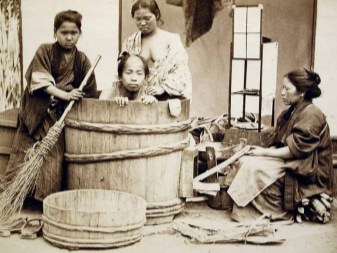
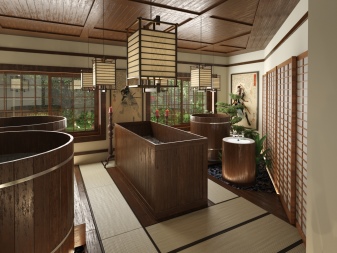
Ofuro translates as "polite bath". The Japanese themselves are ready to take it every day. And if we remember that Japan is a country of long-livers, people who at a respectable age not only look good, but also live a very full life, we want to take a closer look at their habits and traditions. One of them can rightly be considered a bathhouse.
This bathhouse harmoniously combines four elements: water, air (in the form of steam), fire (heat), and earth (wood). That is, it is not only a physical ritual, ablution, relaxation, but also an ecological philosophy, which adds credibility to the Japanese bathing system.
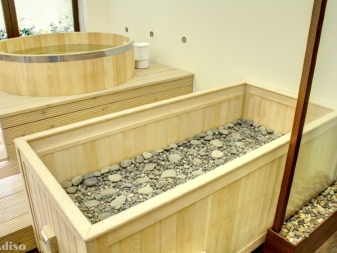
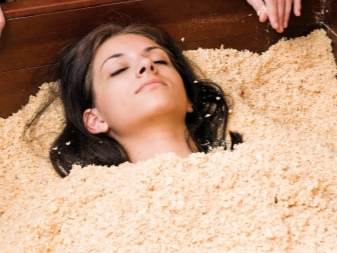
Effects on the body
Ofuro is first and foremost a quick and effective way to deal with stress. It is also a good prophylactic against colds and chronic diseases.
Other benefits of Ofuro and the Japanese bath in general:
- With sweat, toxins come out of the human body;
- the metabolism is stimulated, as well as the immune system activity;
- the work of the heart and blood vessels is also improved, if you approach the process correctly (or more precisely, the cardiovascular system gets a useful workout);
- diseases of the genitourinary system, respiratory system, and musculoskeletal system are prevented;
- the genitourinary system organs are stimulated to normal activity, which can affect the positive dynamics of the treatment of gynecological diseases and even solve potency problems in men;
- visiting the Japanese bath helps to get rid of frequent colds;
- the procedure perfectly relieves stress and relaxes the body, which is important for sportsmen, for example;
- regular attendance of a Japanese bath develops stress-resistance;
- it helps relieve exacerbations of rheumatism;
- the skin is rejuvenated;
- restores sleep.
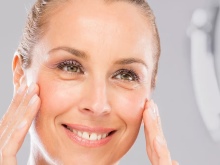
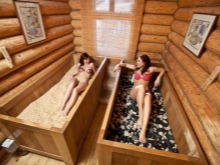

It is not uncommon for those who are struggling with excess weight to resort to such bathing procedures. And this in the list of comprehensive weight loss measures can really be a good point. But for the effect of weight loss visit the Japanese bath regularly, at least once a week.
The very moment of using a sawdust bath may look strange and unfamiliar to a European. But everything makes sense here: both the fact that sawdust is used as a natural massaging material for the body and the fact that it has a diaphoretic effect. In addition, heated sawdust releases medicinal volatile substances and oils, which have the best effect on the skin. They heal wounds, destroy bacteria, soothe irritations and inflammations.
Japanese bathing with ofuro stage becomes a good ritual: a person manages to relax, relieve stress, fully relax and relieve himself from the burden of everyday worries. In this sense, furo works as psychotherapy.
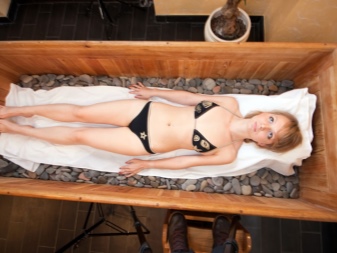
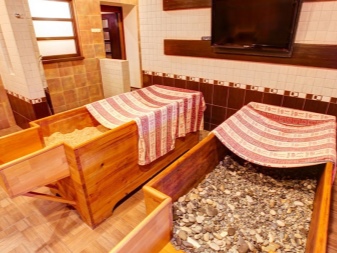
How to use?
Historically there has been a certain sequence of bathing procedures in Japan. First you have to tune up mentally, and then move on to warming and massaging the feet. Since there are many bioactive points on the feet, they need to be prepared for the effects of water and dry bath. After that, the Japanese would go into the shower and begin the warm water treatment.
In the warm water, you have to climb up to your chest, no more (otherwise there may be heart problems). The body relaxes and warms up in the font for about 15 minutes. Petals and various aromatic elements may be added to the water. After leaving the font, a person is wrapped in a sheet and lies down on the couch - it's time to rest.
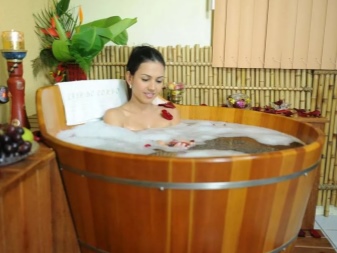
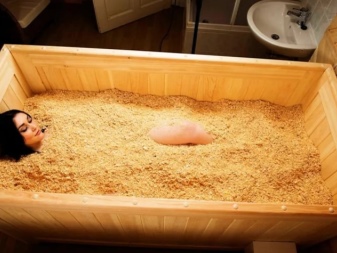
Then it is necessary to adhere to a certain algorithm of actions.
- Now it's time for a dry bath ofouro. For 10 minutes you should immerse yourself in a container filled with sawdust. This is not just sawdust, but heated to 45 degrees crushed particles of wood, mixed with medicinal herbs and essential oils. The body adapts to this healing mass gradually. At this time the person is actively sweating, but it is safe - the heart area, head and neck are not affected. Sawdust massages the peripheral vessels, joints, which warms up the body and relaxes it. Afterwards it is necessary to take a shower, washing away the remains of the sawdust.
- Then a person has to go to the pebble layer with an average temperature of pebbles 45-50 degrees. Already open skin pores absorb the sea salts of the pebbles, the pebbles themselves massage the body, making a person feel complete relaxation.
- After ofuro you need to take a refreshing shower, put on a robe and proceed to the tea ceremony. In modern spas, a person is placed in a special chair where he will recover after the bath, and the masters will give him a pedicure, manicure. This is an optional completion of the ofuro, but one of the sought-after options.

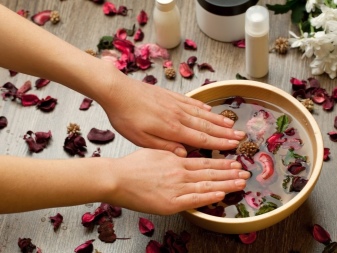
Barrels and baths in Japanese baths are made of coniferous wood, and as we know, essential coniferous oils are extremely beneficial for human respiratory system and immunity. We can say that in Ofuro and Japanese baths in general, everything is thought out. And only those who violate its prescriptions (for example, dipping into the font and the tank with sawdust up to the chin) risk their health.
Music therapy completes the bathing procedure: A person rests mind and body, nothing distracts him, and the atmosphere of relaxation envelops him.
Trying this procedure once, you want to return to it again and again.
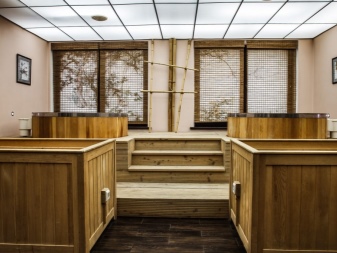

It is worth noting that despite all the usefulness of the Japanese bath, it is not harmless for everyone. It should not be visited by pregnant women, children under 3 years old, people who are currently suffering from acute respiratory infections. All diseases in the period of exacerbation - reason to give up any bath. Cancer patients, patients with tuberculosis, epilepsy are also prohibited such procedures. But similar restrictions apply to any bath.
Ofuro is a unique stage of bathing procedures in the Japanese tradition, which is enjoyed by people of other cultures and other bathing habits. As with anything new, ofuro should be treated with caution and self-control, monitoring your condition and not allowing the procedure to continue if you feel unwell.
In most cases furo is not only well tolerated by bath visitors, but also brings them great bodily and psychological pleasure.
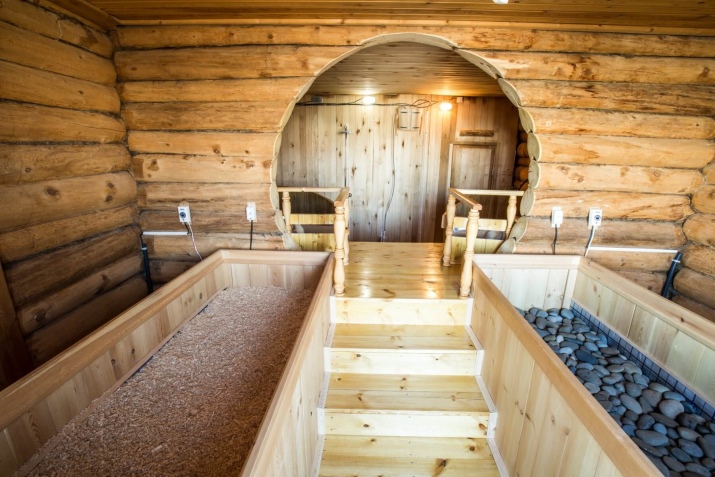
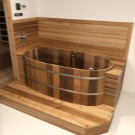
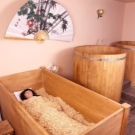
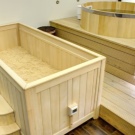
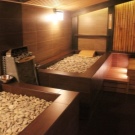
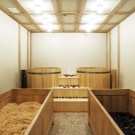
About the peculiarities of the bath offuro see below.




